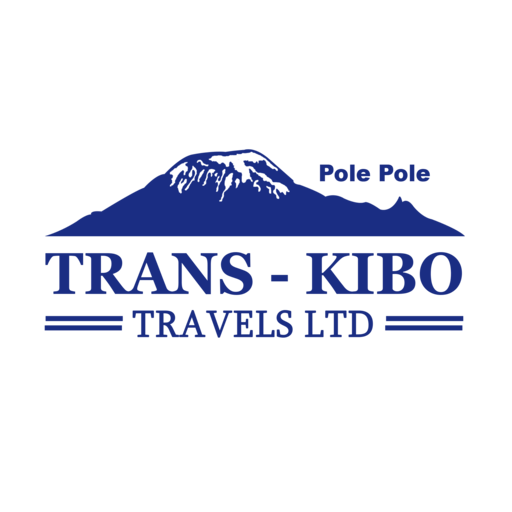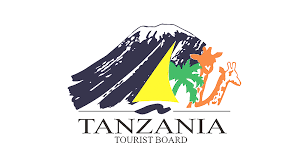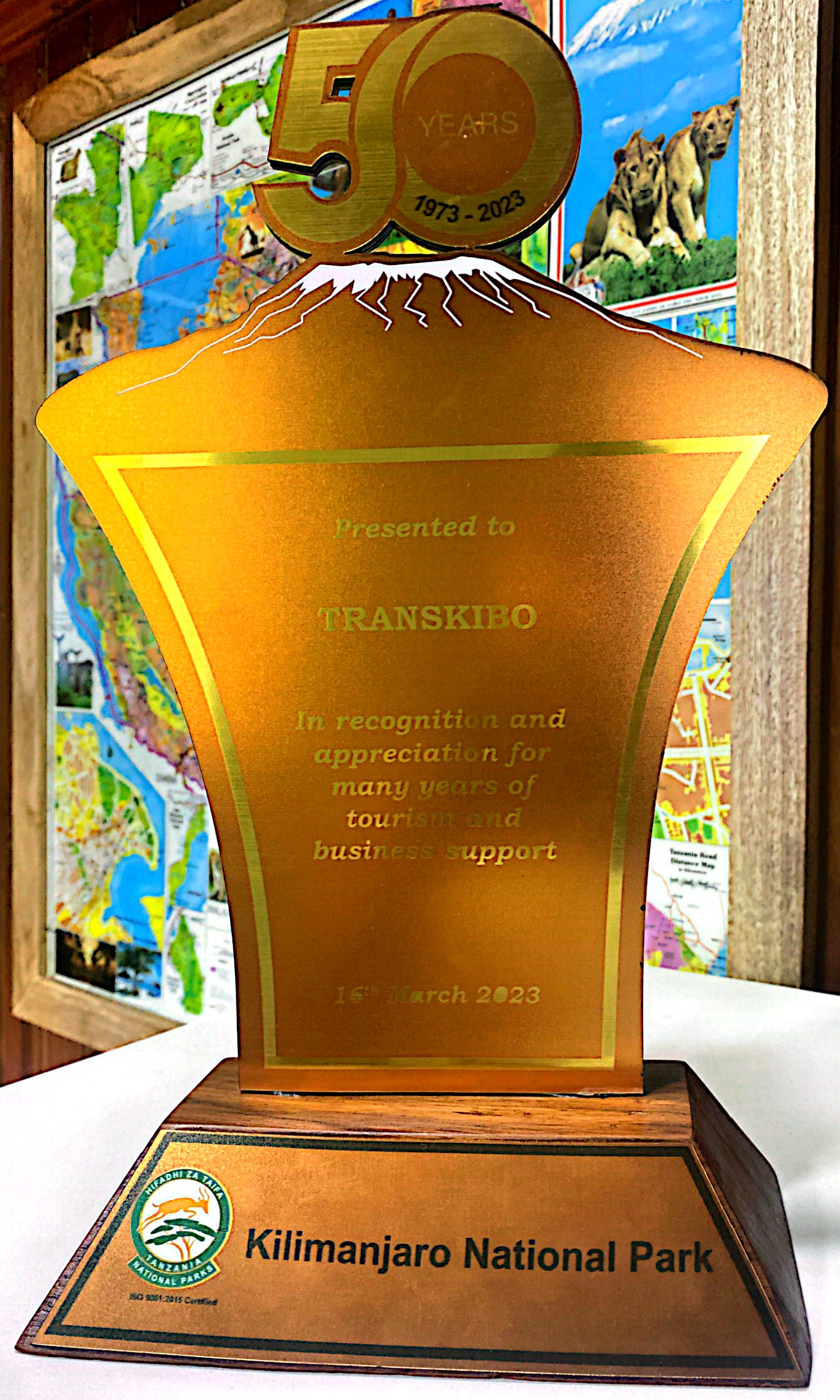Transkibo Travels LTD- Mount Kilimanjaro in Tanzania
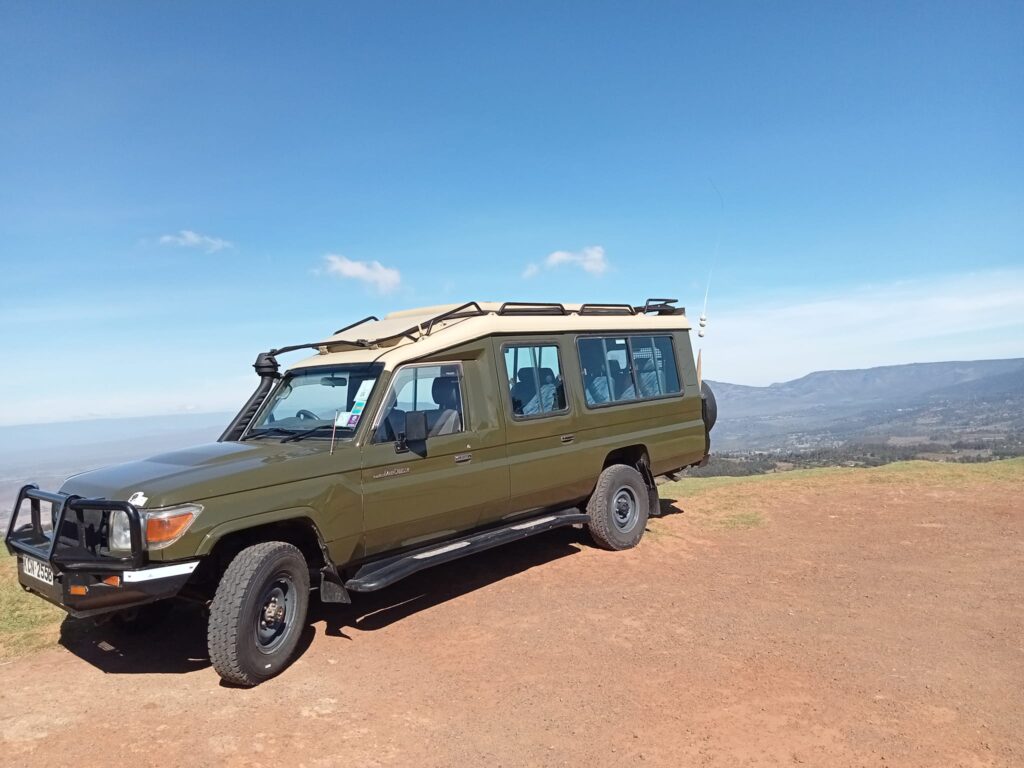
Welcome to Tanzania, a land of breathtaking landscapes, diverse wildlife, and rich cultural heritage. Whether you’re a seasoned traveler or a first-time visitor, Tanzania offers an unforgettable experience that combines adventure, relaxation, and discovery. Let’s dive into the must-visit destinations, tips for travelers, and unique experiences that make Tanzania a top travel destination.
1. Serengeti National Park: The Heart of the African Wilderness
The Serengeti is synonymous with the Great Migration, one of the most spectacular wildlife events on the planet. Each year, over a million wildebeest, along with zebras and gazelles, make their way across the plains in search of fresh grazing. A safari in the Serengeti offers close encounters with the Big Five—lion, elephant, buffalo, leopard, and rhino—and countless other species. Opt for a hot air balloon ride at dawn to witness the endless savannah from above.
Pro Tip: Visit between June and October for the best chance to witness the Great Migration in action.
Planning a Kilimanjaro climb may look daunting, but we have tried to provide all the information you need in a clear and concise way. We recommend you first decide which route to hike. We hope you choose the best route but our advice on choosing the best route is genuinely impartial.
Once you have decided which route you want to climb with the next key decisions are when to go and which is the best route and we have clear advice on both these issues. After choosing the best route to climb Mount Kilimanjaro, it is all about preparing for your climb and we cover everything from altitude sickness to vaccinations. Finally you will want to look at exactly what you are going to experience when you arrive to climb Kilimanjaro and that is covered here.
Whether you want to climb Kilimanjaro for charity, in your own private group, as part of an open group, or for a specific celebration such as a birthday or wedding anniversary, honeymoon, engagement, we can help you get everything just as you wish. Best routes for the engagement ring on Mount Kilimanjaro in Tanzania.
Machame Route
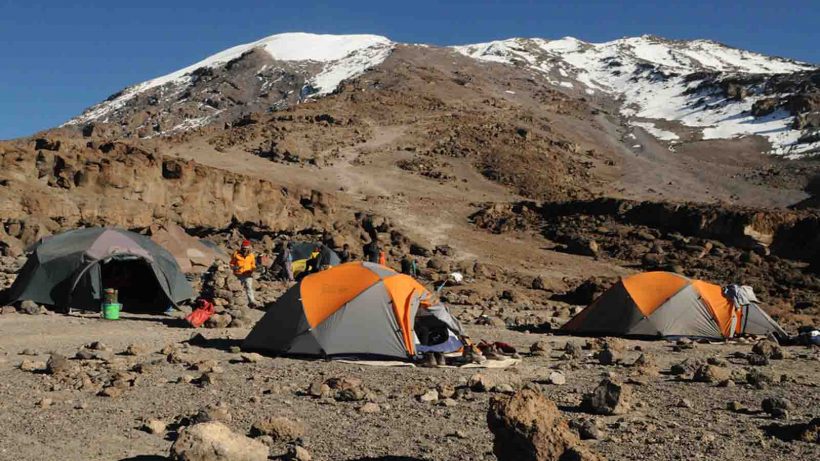
The Machame route is one of our most highly recommended routes to climb Kilimanjaro as it offers great acclimatization, allowing the climber to “walk high, sleep low”, and as a result enjoys one of the highest summit success rates of all the routes to climb Mt Kilimanjaro. It goes by the nickname “The Whisky Route” although no whisky is available!
The Machame route approaches from the southwest, passing through Kilimanjaro’s five diverse climatic zones with stunning views to the west across the Shira Plateau where it joins the Lemosho or Shira route on day 3. It then continues on to the magnificent Lava Tower, followed by the Great Barranco Wall and Kilimanjaro’s Southern Icefield. Some people are concerned about the short scramble up the Great Barranco Wall, but this really is not that tricky and you will be helped by your guide every step of the way. One stride around a rock outcrop is the most precarious part you will experience. Thousands of climbers safely travel this route each year, let alone the Kilimanjaro porters carrying heavy loads. Owing to its high success rate the Machame route can be busy, but we ensure we hit the trail early to avoid the crowds. We also ensure that our porter team arrive into the designated campsites early so that your tent will be set up and ready for your arrival, together with a nice hot drink prepared by our team cook.
Although you can climb Kilimanjaro over 6 days via the Machame route we recommend taking 7 days. The reason for this is that it offers much better acclimatisation and allows the pre-summit day to be split into two which means that you have two shorter days trekking prior to your summit ascent. This really helps and has proved a great success and a more enjoyable way to climb Mount Kilimanjaro.
7 Days Machame Route or 6 Days Machame Route Package?
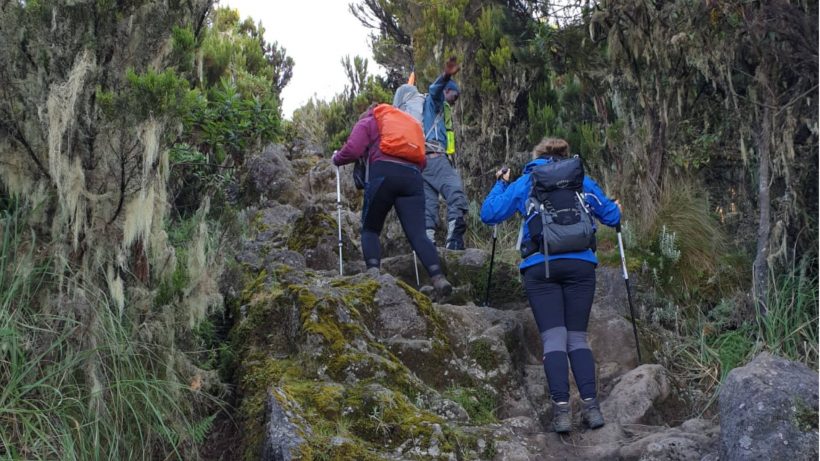
We recommend the 7 days Machame Route itinerary which is better than the 6 days Machame Route Itinerary because it offers a higher chance of reaching the summit. The extra day is an advantage as it will give you enough time for acclimatization. For fit and climbers with previous mountain climbing experience, the 6 days Machame Route itinerary is a great option. For first-timers and hikers that have enough time on their hands, then the 7 days Machame route package is the best option.
How much does it cost to climb Kilimanjaro Mountain through Machame Route?
It costs from $1,650 to climb Mount Kilimanjaro using the 6 days Machame Route, you can get the prices for the 6 day Machame Route here. The price for the 7 day Machame route costs from $1,625 and you can get the full costs for the 7-day route Machame here.
Machame Camps – Accommodation for Machame Route 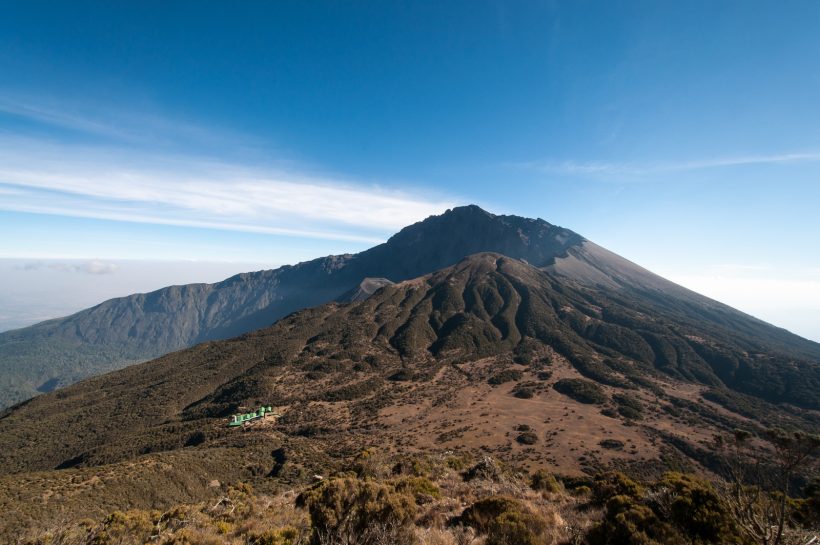 You will sleep in tents on the Machame route. Your comfort is really determined by your level of tolerance for camping. Due to its popularity, Machame is now the busiest route on the mountain. If you are looking for peace and quiet, we do not recommend using this route. Mount Kilimanjaro Routes ranks the Machame route at a 7/10. Considered more difficult than Marangu, hence the nickname “Whiskey Route”. Suitable for trekkers who are a little more adventurous. Although Machame is a busy route, the scenery is beautiful and varies since the ascent and descent routes are different.
You will sleep in tents on the Machame route. Your comfort is really determined by your level of tolerance for camping. Due to its popularity, Machame is now the busiest route on the mountain. If you are looking for peace and quiet, we do not recommend using this route. Mount Kilimanjaro Routes ranks the Machame route at a 7/10. Considered more difficult than Marangu, hence the nickname “Whiskey Route”. Suitable for trekkers who are a little more adventurous. Although Machame is a busy route, the scenery is beautiful and varies since the ascent and descent routes are different.
Marangu Route
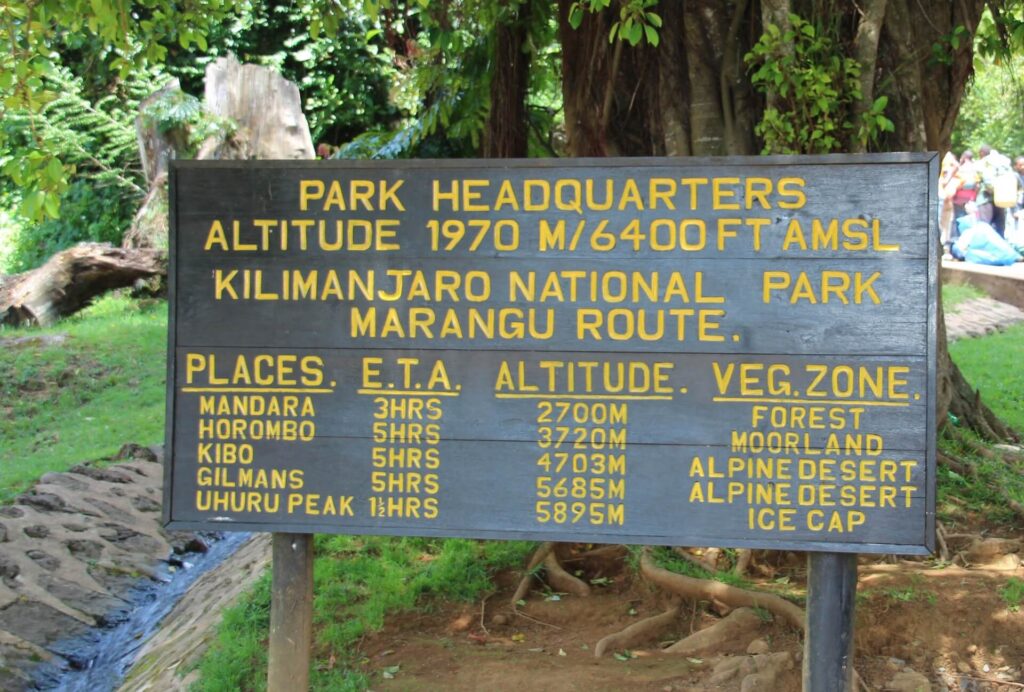
The Marangu route, famously known as the “Coca-Cola” route as you can get a bottle of Coca-Cola at each hut, is the original route established to climb Kilimanjaro. The Marangu route is often billed as one of the easier walking routes. However, according to KINAPA it suffers from the lowest success rate (42%) as too many climbers try to do it in only 5 days and fail because of poor acclimatization.
Approaching Mount Kilimanjaro from the southeast, the Marangu route uses the same ascent and descent route which means it is less scenic than the other routes. For climbers who do not wish to camp, then Marangu is the only route that offers dormitory-style hut accommodation. The huts have a communal dining room, simple washrooms and toilets which lower down will be flushable, but as you move higher up the mountain will be “long drop” which translates as “big smelly”. Although some climbers like the idea of staying in the huts rather than camping, you need to remember that on the Marangu route you will be sharing the hut with lots of other climbers in open dormitory accommodation. And that means one snorer and nobody sleeps. The minimum time taken to climb via this route is 5 days, however, it is highly recommended if you do choose this route that you add at least one extra day to assist acclimatization.
Marangu Huts – Accommodation for Marangu Route
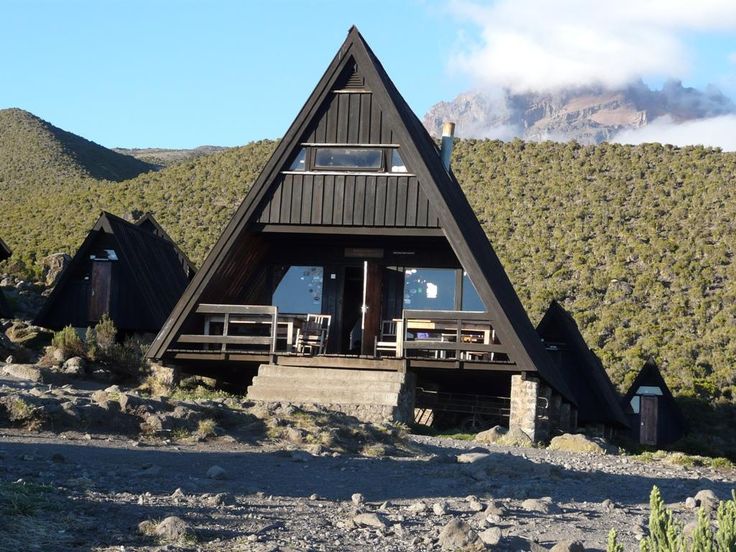
Staying at the mountain lodges on the Marangu trail is an alternative to camping on Kilimanjaro. The Kilimanjaro National Park maintains these permanent tiny towns in picturesque areas on the mountain’s eastern flank. The oldest and one of the two most popular climbing routes, Marangu is also known as the “Coca-Cola” route since it was formerly simpler to climb than the more difficult Machame Route (Whiskey Route). In the past, these were the only routes that were routinely climbed. Because climbing companies do not need to pay a huge staff to transfer camp equipment from site to site every day, Marangu is the most affordable route to climb. Mount Kilimanjaro Route ranks the Marangu Route at a 5.5/10. Some consider Marangu to be the easiest route due to its gradual slope. Hence, the nickname “Coca-Cola Route”.
Marangu uses the same route to ascend and descend to and from Uhuru Peak. This means your scenery is not as varied as the other routes.
The success rate of Marangu is very low due to many climbers trying to complete it in 5 days. For this reason, Mount Kilimanjaro Routes only offers Marangu treks of 6 days or more. Marangu is reported to be one of the busiest routes on the mountain. If you are looking for peace and quiet, we do not recommend using this route during the dry season. During the rainy season, the traffic is very low on all routes including Marangu. Marangu is the only Kilimanjaro route with huts, which makes it the most comfortable by default.
After Killing Mount Kilimanjaro

After breakfast, Either Marangu or Machame route you will continue the descent down to the Mweka Park or Marangu Gate to receive your summit certificates. At lower elevations, it can be wet and muddy. Gaiters and trekking poles will help. Shorts and t-shirts will probably be plenty to wear (keep rain gear and warmer clothing handy). A vehicle will meet you at Mweka village to drive you to Moshi.
Zanzibar: The Spice Island
After the thrill of a safari, unwind on the pristine beaches of Zanzibar. This archipelago off the coast of Tanzania is a tropical paradise, known for its white-sand beaches, crystal-clear waters, and vibrant coral reefs. Explore Stone Town, a UNESCO World Heritage site, with its narrow streets, historic buildings, and bustling markets. Don’t miss the chance to visit a spice farm and discover why Zanzibar is known as the “Spice Island.”
Must Try: Indulge in a seafood feast at Forodhani Gardens, where you can sample local delicacies like Zanzibar pizza and fresh octopus.
3. Mount Kilimanjaro: Conquer Africa’s Highest Peak
Standing at 5,895 meters, Mount Kilimanjaro is the highest peak in Africa and a bucket-list destination for trekkers worldwide. The climb is challenging but accessible, with several routes catering to different experience levels. The journey to the summit takes you through diverse ecosystems, from lush rainforests to alpine deserts, culminating in the snow-capped Uhuru Peak.
Adventure Tip: Choose the Machame Route for stunning scenery and a higher success rate of reaching the summit.
4. Ngorongoro Crater: A Natural Wonder
The Ngorongoro Crater is a UNESCO World Heritage site and one of the most unique safari destinations in Tanzania. Formed by a collapsed volcano, this massive caldera is home to an incredible concentration of wildlife, including lions, elephants, and the rare black rhino. The crater’s lush floor is dotted with lakes, forests, and grasslands, making it a haven for wildlife enthusiasts and photographers.
Best Time to Visit: The dry season from June to September is ideal for game viewing.
5. Lake Manyara: A Birdwatcher’s Paradise
Lake Manyara National Park may be smaller in size, but it’s packed with diverse habitats and wildlife. The park is famous for its tree-climbing lions, vast elephant herds, and over 400 species of birds. The alkaline lake itself is a shimmering sight, often tinged pink by thousands of flamingos.
Insider’s Tip: Combine a visit to Lake Manyara with a trip to the nearby Tarangire National Park for a complete Northern Circuit safari experience.
6. Cultural Experiences: Connect with Tanzania’s Heritage
Beyond the natural wonders, Tanzania offers rich cultural experiences. Visit the Maasai villages in the Serengeti or Ngorongoro to learn about their traditional way of life. Engage with the local communities, participate in traditional dances, and purchase handcrafted souvenirs. For a deeper historical dive, explore the ancient ruins of Kilwa Kisiwani, a former Swahili trading port that once thrived on the Indian Ocean coast.
Cultural Note: Respect local customs and dress modestly when visiting rural areas or religious sites.
Travel Tips for Tanzania:
- Visa and Vaccinations: Most travelers require a visa to enter Tanzania. Ensure you are up-to-date with vaccinations, including yellow fever, if coming from an endemic area.
- Currency: The Tanzanian Shilling (TZS) is the local currency. Credit cards are accepted in major cities, but it’s advisable to carry cash for remote areas.
- Language: Swahili is the national language, but English is widely spoken, especially in tourist areas.
Why Tanzania?
Tanzania is more than just a travel destination; it’s a journey into the heart of Africa. From the thrill of spotting wildlife on a safari to the serenity of Zanzibar’s beaches, Tanzania offers a diverse range of experiences for every traveler. Whether you’re seeking adventure, relaxation, or cultural enrichment, Tanzania promises a trip of a lifetime.
Ready to Explore? Pack your bags, and let Tanzania captivate your soul with its unparalleled beauty and warm hospitality.
